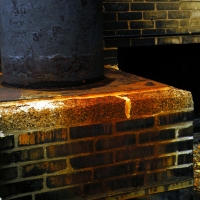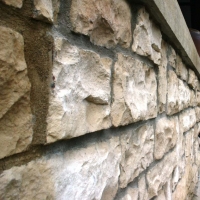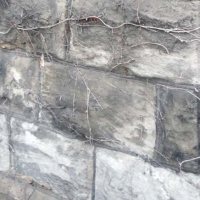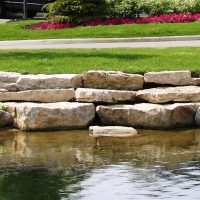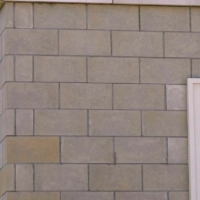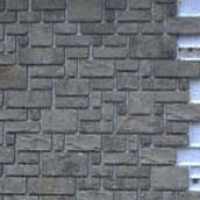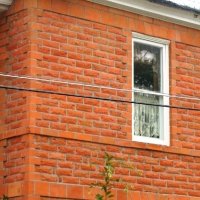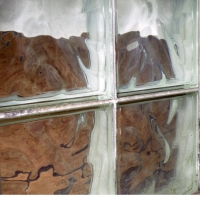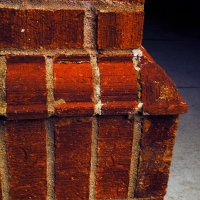
Buildipedia Staff
Stone Masonry
Fri, Jul 31, 2009Exterior Stone Cladding
Fri, Jul 31, 2009This topic includes information related to design and construction with exterior stone cladding. Exterior stone cladding are fabricated stone panels that are mechanically attached an exterior or interior facade. Fabricated stone panels are natural stone materials such as granite, marble, limestone, travertine, onyx, slate and sandstone.
Dry Placed Stone
Fri, Jul 31, 2009Dry placed stone is, no doubt, the earliest form of masonry; it consists of the simple stacking of natural stones, one upon another, without mortar. As stone cutting tools began to be employed for working stone, early dry stone masons developed techniques of laying stones to make structures more stable and weather resistant. Egypt's great pyramids are the largest and most recognized dry stone structures, but there are numerous examples of ancient dry stone masonry all around the world that are still stable and useful after hundreds or even thousands of years.
Concrete Form Masonry Units
Fri, Jul 31, 2009This topic includes information related to design and construction with concrete form masonry units. Concrete form masonry units are stackable units that have finished masonry on both sides, held in place by connectors. On an interior side of the finished masonry is an integral air space for water drainage, defined by a layer of rigid insulation. The single units are dry or mortar stacked in place, reinforced and then concrete is pumped into the proper voids. Upon cure, the concrete form masonry unit wall is extremely durable and energy efficient.
Multiple-Wythe Unit Masonry
Fri, Jul 31, 2009Unit Masonry Panels
Fri, Jul 31, 2009Adobe Unit Masonry
Fri, Jul 31, 2009Glass Unit Masonry
Fri, Jul 31, 2009Glass block may be used as partitions, security barriers, or windows in interior or exterior applications where a partially-transparent effect is desired. Produced as solid or hollow units, glass block is available in clear or textured patterns, with applied tints and coatings, and with opacifiers and fiber fill.
Brick Masonry
Fri, Jun 04, 2010Brick Masonry is one of the oldest known man-made building materials, dating back to around 8000 B.C. Modern clay face brick comes in numerous standard sizes, most in nominal 4" widths, with nominal lengths of 8" or 12", and heights ranging from 2" to 5-1/3". Actual dimensions are normally 3/8" less than the nominal size, which allows for the typical mortar joint thickness. The most common size, "modular brick," measures 3-5/8" wide by 2-1/4" high by 7-5/8" long. This modular dimension works so that three bricks match the height and two bricks match the length of a standard nominal 8" by 16" concrete block or concrete masonry unit (CMU).
